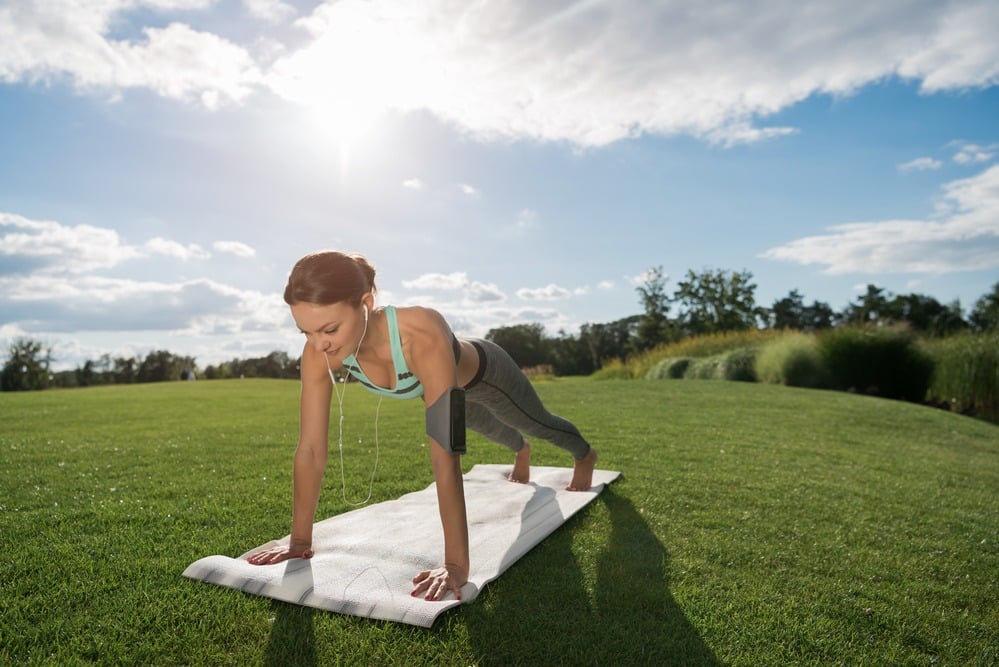Scoliosis is characterized as a sideways curvature of the spine. If caught young, scoliosis can be corrected with bracing or surgery. However, once the child reaches the end of their growth pattern, bracing can prevent further curvature but produce little further correction. Once you’ve reached your full height, the goal is to manage your scoliosis.
As an adult, the symptoms of scoliosis can include
- nerve pain, from pinching caused by tight spaces between the bones
- soft tissue wear of cartilage in the spine, and
- a furtherance of the curve as you age.
Many sufferers find relief with the right chiropractor. A regular maintenance plan to help you fight the curve as you age can reduce your pain and help you stay as balanced as possible.
To reduce pain, many adults with scoliosis take a non-steroidal anti-inflammatory drug, or NSAIDs, to reduce occasional flare-ups caused by nerve irritation or cartilage wear. Aspirin, ibuprofen and naproxen are commonly used NSAID products that can be used safely by those with adult scoliosis.
Those with adult scoliosis may benefit from surgery. If your nerve impingement is severe enough to cause chronic pain or numbness, your curve rate should be checked. If you’re at a greater degree of curve than 45 degrees, surgery, the appropriate resting period and physical therapy can help. Be prepared for at least 12 weeks of limitations to allow your body time to heal and strengthen after the surgery before returning to normal activities.
Spinal imbalance is a critical indicator that surgery is needed. As you stand as straight as possible, your head should be balanced over the pelvis as viewed from the front, and over the hip joints when looking from the side. If you can no longer hold this position, the curve will likely progress more rapidly, further reducing stability and increasing pain.
Maintaining Stability, Core Strength and Bone Strength
Exercise can help someone with adult scoliosis. If you struggle with pain during higher impact exercises, there are many water exercises that can allow you a full range of motion without putting a lot of pressure on your spine. Because your natural alignment is off, if you want to start any form of exercise that includes weights or full extension, it’s a good idea to work with a personal trainer who can help you master the form of these exercises before you start adding weight or working on your own.
Being fully aware of your own limitations doesn’t mean that the right trainer or teacher can’t help you expand them. For example, many with adult scoliosis can benefit from corrective movement exercise programs, such as those provided by yoga instructors and tai chi. If you have a hard time getting on the floor or holding your spine stable when kneeling on all fours, start with tai chi.
You’ll work on spinal balance. With the help of an instructor, an adult with scoliosis can develop core strength working from the ground up. Starting with your feet, you’ll learn the best stance to balance your spine. Working up your body, you’ll be able to center on your pelvis and get a sense of alignment between your pelvis and your shoulders. While you may not be able to perfectly square your shoulders over your pelvis, with the right tai chi leader, you can find your optimum balance. Once this position is located and strengthened, further stretching and extension can be possible on your own.
No matter what strengthening exercises you plan to do, tell your teacher or class leader of your condition and your goals. Be prepared to ask for help or a modified move to allow you to participate. Don’t try this on your own until you’re fully aware of the best alignment position for your body.
Bracing can also provide those with adult scoliosis assistance, particularly at the end of the day when you’re tired. If you find that holding one particular position for an extended period of time causes you discomfort, such as sitting to do your job, a brace or supportive tool in your chair can help you hold the healthiest posture possible while in that environment.
Many with adult scoliosis can find relief from over the counter medications, good chair support or brace, and a modified exercise program. Seek out a chiropractor with knowledge of scoliosis who can set up a regular treatment schedule. If you must have surgery, work with your surgeon to find a physical therapist to help you build core strength and flexibility during your recovery period. We can help, call now 205-637-1363 for a conversation.







